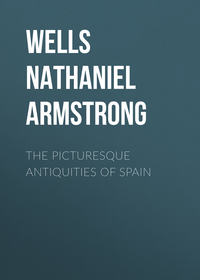Sadece Litres'te okuyun
Kitap dosya olarak indirilemez ancak uygulamamız üzerinden veya online olarak web sitemizden okunabilir.
Kitabı oku: «The Picturesque Antiquities of Spain», sayfa 9
Bir şeyler ters gitti, lütfen daha sonra tekrar deneyin
Yaş sınırı:
12+Litres'teki yayın tarihi:
30 haziran 2018Hacim:
367 s. 30 illüstrasyonTelif hakkı:
Public Domain